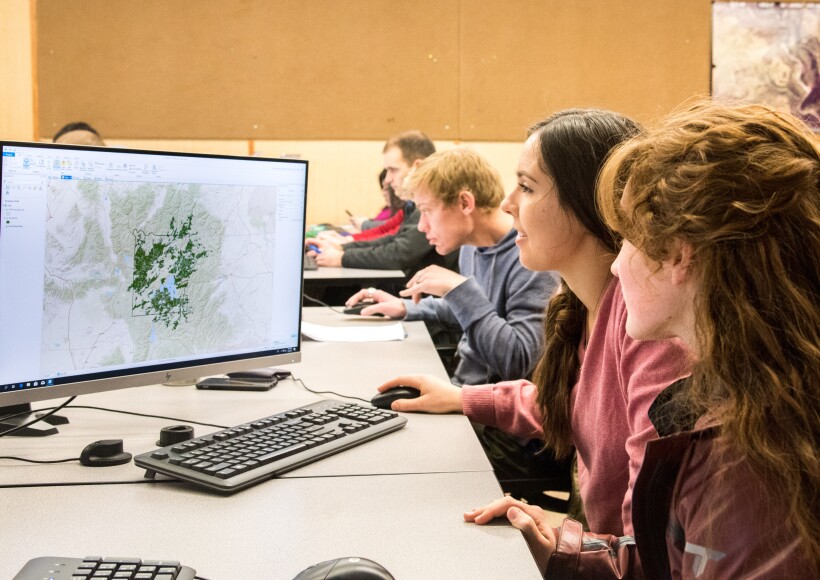About the Seismograph Network

About the Seismograph Network
- Google Earth KMZ file of Idaho-related earthquakes
- Google Earth KMZ file of recent earthquakes recorded by the BYU-Idaho Seismic Network
BYU-Idaho Seismic Stations
| Station Name | Geographic Location | Longitude | Latitude |
| CMI | Centenial Mountains. Idaho near the Montana border. | -111.62 | 44.52 |
IMW | Indian Meadows area. Teton mountains, Wyoming. | -110.94 | 43.90 |
RRI | Red Ridge Mountain, Idaho. South of the Snake River, downstream of Palisades Reservoir. | -111.32 | 43.36 |
History of seismology and the BYU-Idaho Geology Department
"During these early years [early 1970s], we we were able to build a seismograph. With one station, we worked with the Idaho National Lab as they had several stations, to locate events in the area around Eastern Idaho. As the Teton Dam was being built, the Bureau of Reclamation (BOR) approached us to see if we would take care of three stations that would monitor earthquake activity in the area around the Dam.
"After the Teton Dam failed, we expected the BOR to dismantle the network. We proposed that the network be expanded to include stations near Island Park Dam, Jackson Dam, and Palisades Dam. The United States Geologic Survey (USGS) added computers and the Earthworm program in the late 1990s. The network gradually grew to be a major part in monitoring the seismic events in the Intermountain West.
"It is great to see humble beginnings grow to be a major contributor to the scientific community."
-Ed J. Williams, Ricks College Geology Professor (1964-2001)